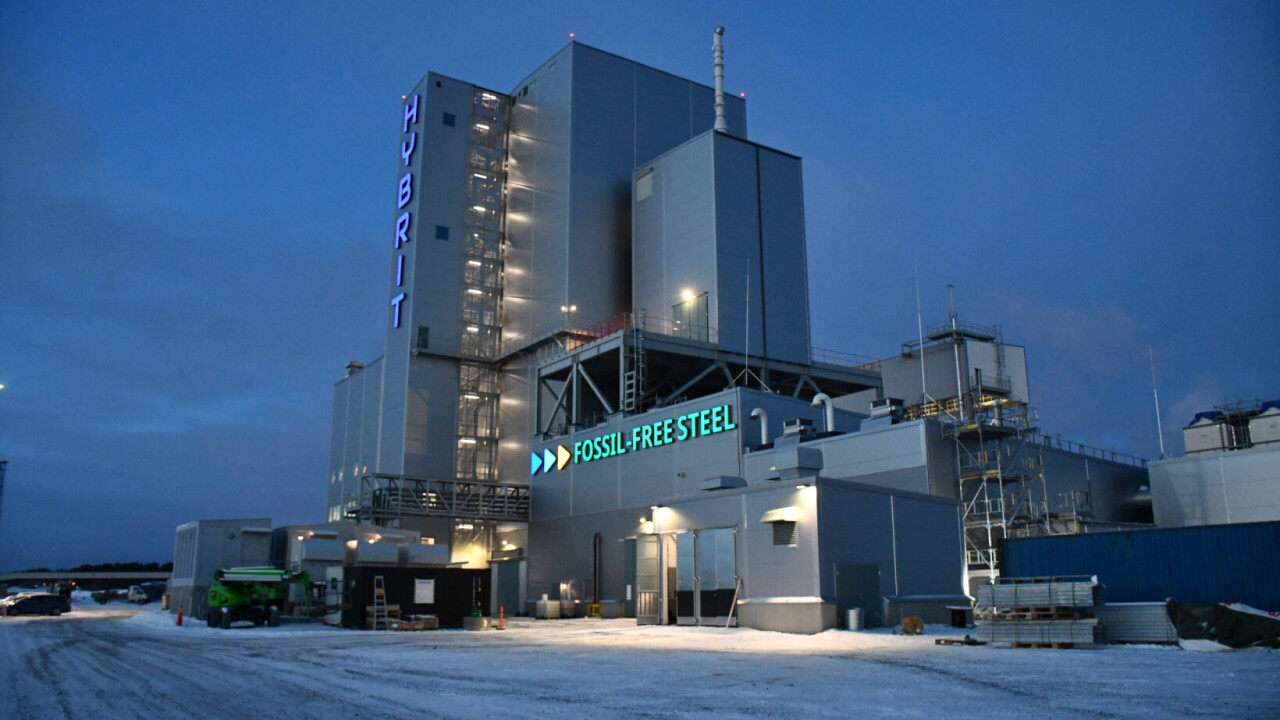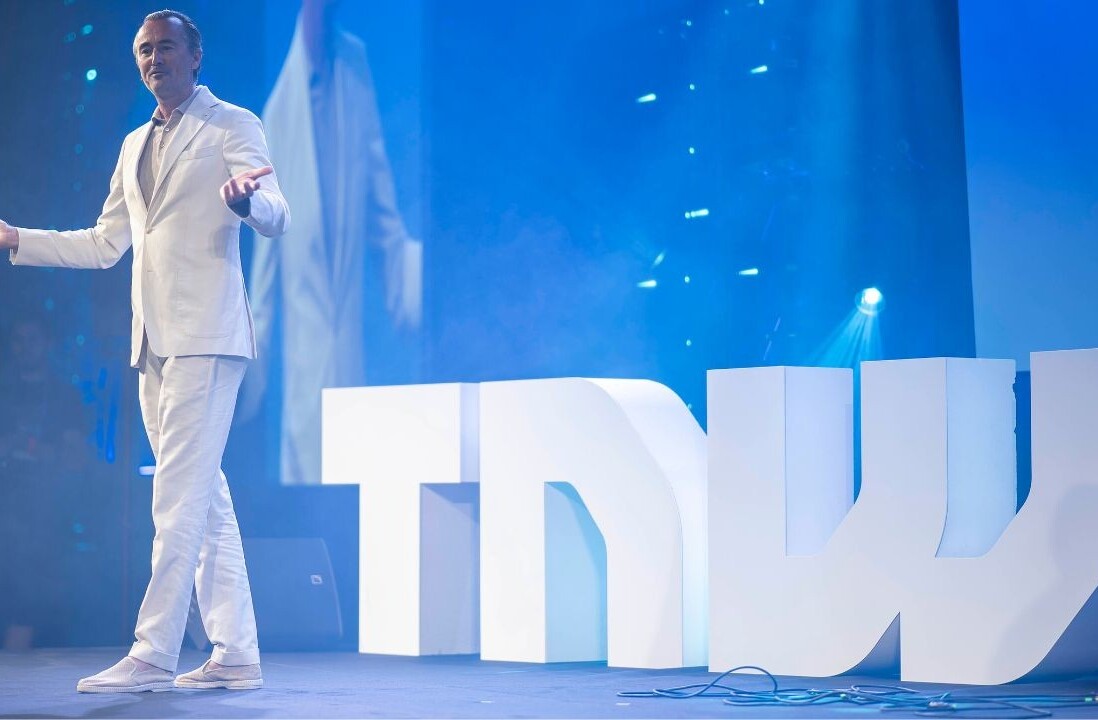
Deep in Sweden’s icy north sits a small factory where the country’s largest industrial players have been steadily validating a new technology that could clean up one of the dirtiest industries on Earth.
Energy giant Vattenfall, steel-maker SSAB, and mining firm LKAB built the facility — located in the small town of Luleå — in 2020, as part of the HYBRIT project. The initiative aims to prove that steel can be made on an industrial scale using hydrogen and clean electricity.
“Using hydrogen to produce steel is still in its very early stages,” an SSAB representative told TNW. “It represents only a tiny fraction of today’s steel production.” But that might be about to change.
How do you make steel using hydrogen?
Steel is one of the world’s most used materials. And its production is responsible for 11% of global CO2 emissions. Most of these emissions are produced when heating and reducing iron — the core component of steel — in a blast furnace using coal and coke (a refined type of coal, not the soft drink).
The HYBRIT technology, however, doesn’t use a blast furnace at all. It uses hydrogen instead of coke in a process called direct reduction. This reduces iron oxides to metallic iron without melting it. The hydrogen reacts with the oxygen in iron ore, producing so-called “sponge iron.” The only byproduct is water vapour.

At the plant in Luleå, SSAB takes this sponge iron and then melts it into steel in an electric arc furnace powered by Vattenfall’s wind farms. The result is good ol’ fashioned steel — but without the emissions.
Going mainstream
This week, Vattenfall, SSAB, and LKAB presented the results of their six-year trial to the Swedish Energy Agency. The report shows that the iron produced using hydrogen isn’t just carbon neutral, but is also stronger and more durable than iron produced with fossil fuels. The partners have applied for and received several patents based on the results.
HYBRIT’s pilot plant is the world’s first to prove the “fossil-free value chain” for steel on a semi-industrial scale. The factory has already produced 5,000 tonnes of hydrogen-reduced iron. And companies like Volvo, Epiroc, and Peab have already put the green steel in their cars, machinery, and buildings.
The industrial giants will now start building a larger factory in Gällivare, three hours North of Luleå, in the heart of Swedish Lapland. The long-term plan is to build more hydrogen iron factories and completely decarbonise steel production in Sweden — slashing 10% of the countries emissions.
However, significant hurdles lie ahead. Generating sufficient quantities of green hydrogen will require constant supplies of clean energy. Moreover, hydrogen is currently much more expensive than fossil fuels, and the price isn’t falling as fast as anticipated.
Can Europe hold on to its green steel tech?
Mining giant Archelor Mittal said in February that it cannot operate its European plants using green hydrogen because the resulting green steel would not compete on international markets. It’s simply too expensive.
“Developing any completely new technology is costly,” an LKAB spokesperson told TNW. “With support, it goes faster, but we are competing with initiatives that receive state backing at significantly higher levels.”
LKAB is no doubt referring to the fact that, oftentimes, climate tech funding flows more freely outside Europe, fuelled by massive public spending like Biden’s $1 trillion Inflation Reduction Act.
In March, the US pledged up to $1bn for two green steel projects. US steelmaker Cleveland-Cliffs will build one of the plants. The other will be constructed by none other than SSAB, using the hydrogen reduction technology developed under HYBRIT.
European policymakers would do well to read the writing on the wall and boost funding for climate tech — or risk continuing the trend of forcing homegrown technology to mature on foreign shores.
It’s not all bad news, however.
H2 Green Steel, one of Europe’s best funded startups, has chosen a site in Boden, Sweden, for its first industrial plant. The startup expects to roll out the first commercial batches of its steel by 2025 and aims to produce 5 million tonnes of green steel a year by 2030.
H2 Green Steel has also signed an agreement with Iberdrola to build a plant powered by solar power in Spain, while GravitHy plans to open a hydrogen-based steel plant in France in 2027.
Get the TNW newsletter
Get the most important tech news in your inbox each week.




